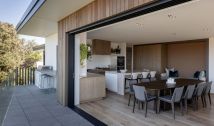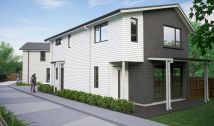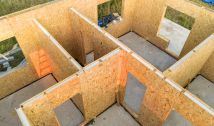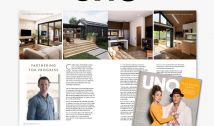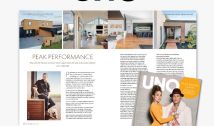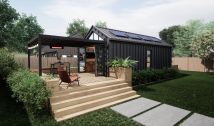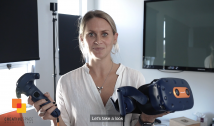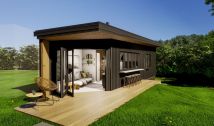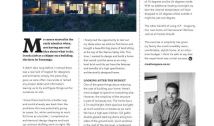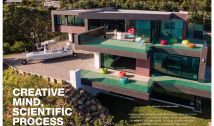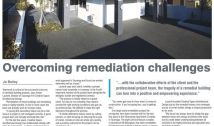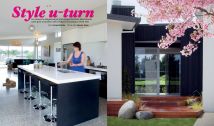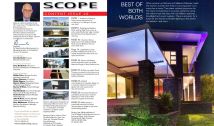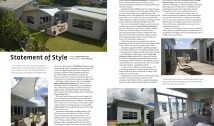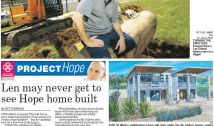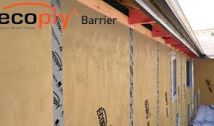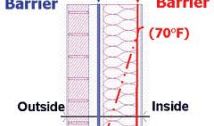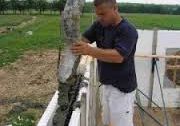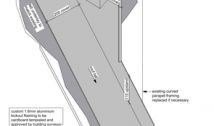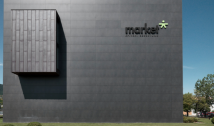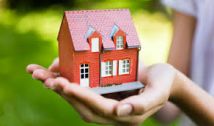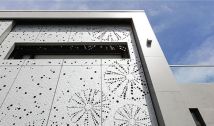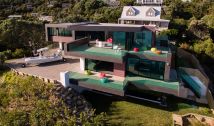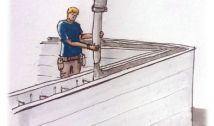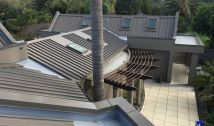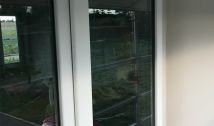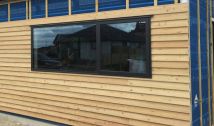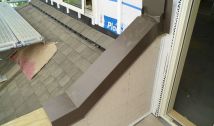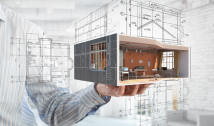Discover the Future of Sustainable Living: Introducing Passive Homes
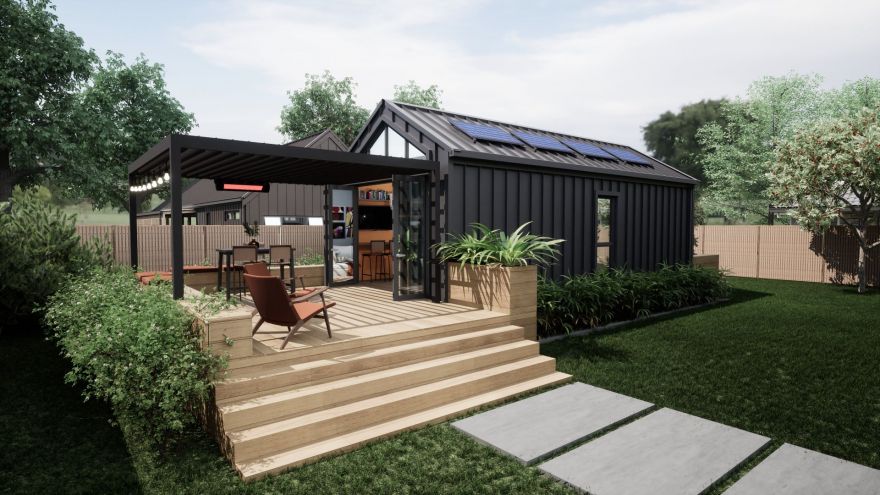
Discover the Future of Sustainable Living: Introducing Passive Homes
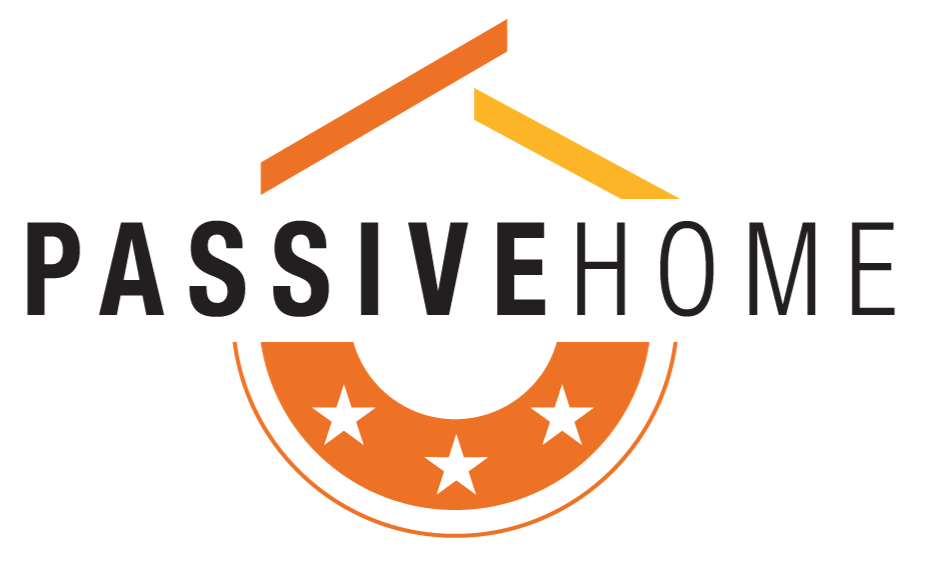 In our rapidly changing world, sustainability and energy efficiency are no longer mere buzzwords but have become crucial aspects of modern living. As concerns about climate change and resource depletion continue to grow, innovative solutions are emerging to transform the way we build and inhabit our homes. One such groundbreaking concept is the passive home, a remarkable approach that redefines energy efficiency and sustainable living.
In our rapidly changing world, sustainability and energy efficiency are no longer mere buzzwords but have become crucial aspects of modern living. As concerns about climate change and resource depletion continue to grow, innovative solutions are emerging to transform the way we build and inhabit our homes. One such groundbreaking concept is the passive home, a remarkable approach that redefines energy efficiency and sustainable living.
What is a Passive Home?
A passive home, also known as a passive house, is not just a house – it is design and engineering at their best, prioritising comfort, health, and energy efficiency. At its core, a passive home is designed to maintain a consistently comfortable indoor environment while using minimal energy for heating, cooling, and ventilation. It achieves this through a combination of smart design, high-quality materials, and advanced technologies.
Key Principles of Passive Homes
- Thermal Insulation: Passive homes are built with exceptional thermal insulation, which prevents heat from escaping during colder months and keeps the interior cool during hotter periods. This insulation is typically far superior to that of traditional homes.
- Airtight Construction: Unlike conventional homes that might have leaks and drafts, passive homes are constructed to be airtight. This prevents the exchange of indoor and outdoor air, reducing the need for excessive heating or cooling.
- High-Quality Windows and Doors: Passive homes feature top-tier windows and doors that offer excellent insulation and minimal thermal bridging. These components play a vital role in maintaining a consistent indoor temperature.
- Mechanical Ventilation with Heat Recovery (MVHR): Passive homes are equipped with mechanical ventilation systems that ensure a constant supply of fresh air while recovering heat from the outgoing stale air. This maintains optimal indoor air quality and reduces the need for additional heating.
- Passive Solar Design: The orientation of a passive home takes advantage of the sun's energy for heating during the colder months. Large south-facing windows allow sunlight to enter and warm the interior naturally.
Benefits of Passive Homes
- Energy Efficiency: The primary advantage of passive homes is their remarkable energy efficiency. They use up to 90% less energy for heating and cooling compared to traditional homes, resulting in significantly reduced utility bills.
- Comfort: Thanks to their airtight design and superior insulation, passive homes offer consistent indoor temperatures, free from drafts and cold spots.
- Improved Air Quality: Mechanical ventilation systems with heat recovery ensure a constant supply of fresh air, contributing to a healthier indoor environment.
- Environmental Impact: By minimizing energy consumption, passive homes significantly reduce carbon emissions and contribute to a more sustainable future.
- Long-Term Savings: While the initial construction cost of a passive home might be higher, the long-term savings on energy bills and maintenance expenses make it a cost-effective investment.
The Future Beckons
Passive homes represent a paradigm shift in the way we approach residential architecture. They blend cutting-edge technology with timeless design principles to create spaces that are comfortable, environmentally conscious, and financially prudent.
As our world continues to grapple with the challenges of climate change, passive homes offer a glimmer of hope and a blueprint for a more sustainable future.
Whether you're an eco-conscious individual, a homeowner looking to minimize energy bills, or simply someone fascinated by innovation, passive homes are a concept well worth exploring. Welcome to the future of sustainable living!



